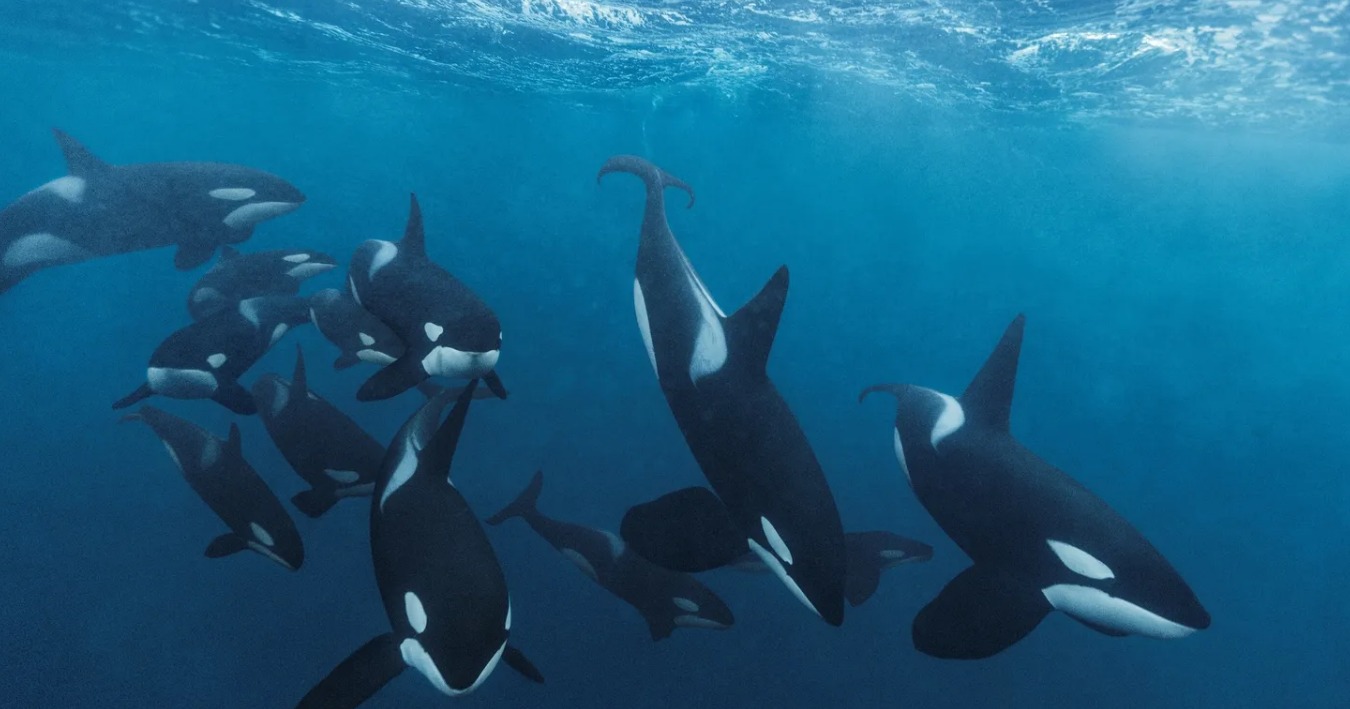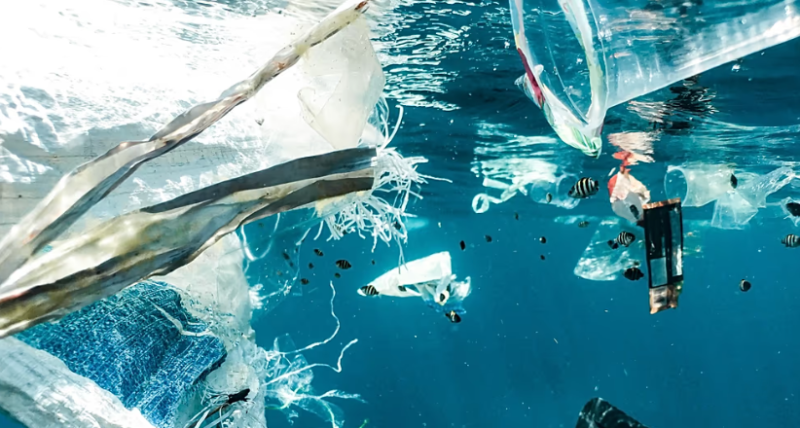Orcas continue to dominate headlines, and for good reason—the ultimate ocean predators keep finding ways to surprise us.
These versatile dolphins (yes, they’re not whales) are likely the most widely distributed vertebrate on the planet, living from the polar regions south to the Equator. Orcas have very diverse diets, feasting on fish, penguins, and marine mammals such as seals, sea lions, and even whales—and they’ve developed ingenious methods for procuring their prey.
Some Antarctic orcas work as a team to create waves that knock seals off floating ice sheets. Others have figured out how to extract livers from great white sharks—sometimes solo, and in as little as a few minutes.
Orcas are fascinating to watch, and as coastal creatures, it’s possible to see the animals on tourist cruises worldwide, which Robert Pitman, a marine ecologist at Oregon State University’s Marine Mammal Institute, suggests everyone do in their lifetime.
“This is the biggest apex predator we have on the planet today,” Pitman told National Geographic. “We haven’t seen anything like it since dinosaurs roamed the Earth.”
What else can these impressive carnivores do? Here are some highlights from our reporting.
1. Rogue orcas are thriving on the high seas—and they’re eating big whales
In March 2024, scientists reported a brand-new population of killer whales: Animals that ply the high seas, hunting large whales and other enormous prey.
These open-ocean denizens have been spotted at numerous locations far from Oregon and California, many of them well beyond the continental shelf, where waters can reach depths of 15,000 feet,according to the study in Aquatic Mammals.
This potentially new population feasts on sizable prey, such as sperm whales, elephant seals, and dolphins. (Watch video: sperm whales vs. orcas.)
“The open ocean doesn’t support a lot of large predators; it’s often described as a giant desert, so we weren’t expecting to find so many different animals,” says study leader Josh McInnes, a master’s candidate at the University of British Columbia’s Institute for the Oceans and Fisheries. His team plans to continue their research.
2. These orcas control the waves to hunt
In one region of Antarctica, about a hundred orcas have mastered a hunting technique called wave washing. The secret: working together to turn water into a weapon.
The orcas, having identified their target, form a battle line and start charging toward the seal atop an ice floe. Just before reaching it, they rotate to their sides in a single, synchronized motion and plunge underwater.
The momentum creates a wave so powerful that it floods the ice sheet, cracking the surface and whipping the flailing seal around. Slowly and methodically, they repeat the charge. The ice fractures more.
On the third charge, the wave sends the seal flying into the sea. It scrambles to climb onto a piece of ice, then disappears from view, grabbed from below by a killer whale.



